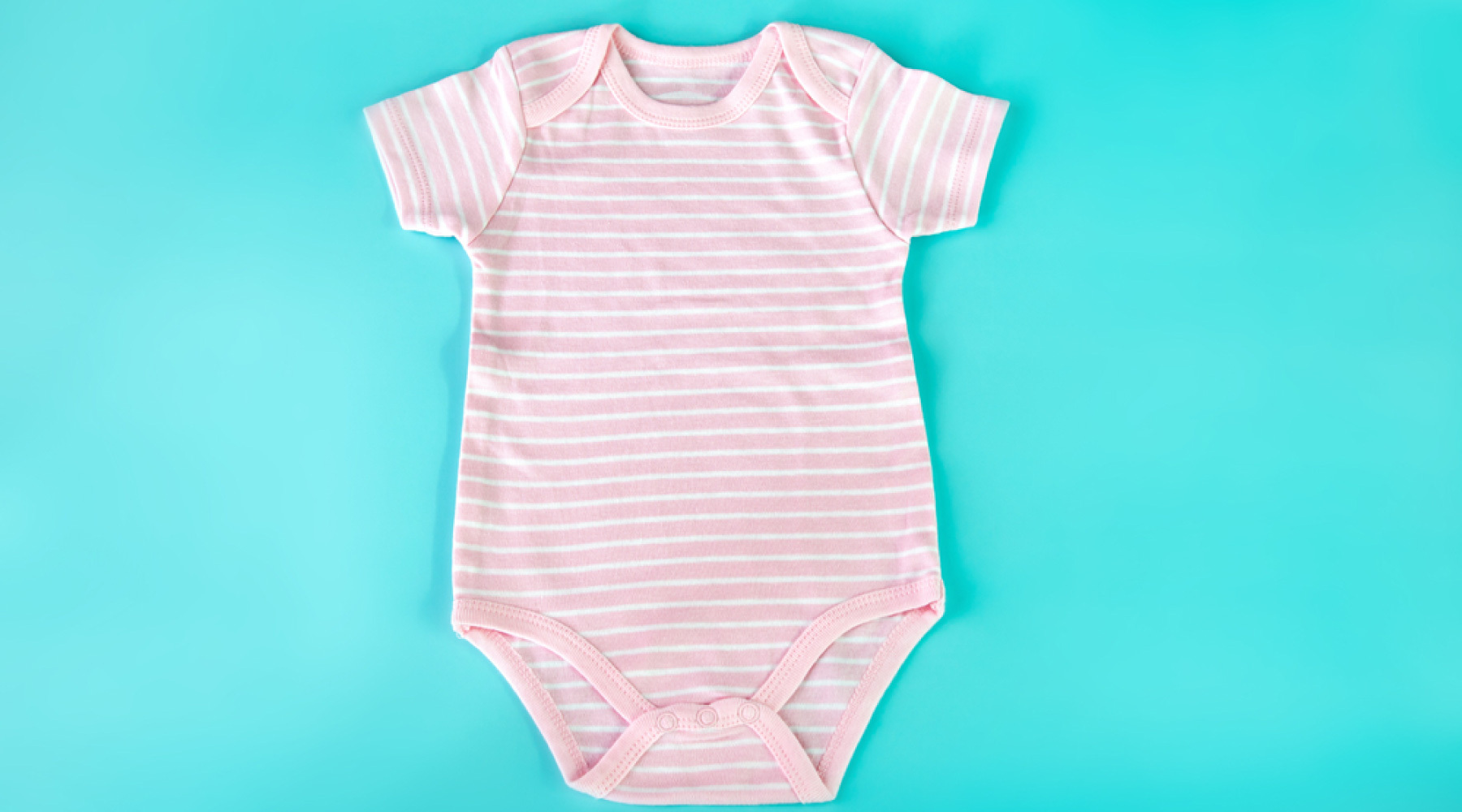Opting for gender-neutral colours in baby clothing will give many more advantages than you would think of! Let’s get to know how.
Are you trying to find baby clothes but don’t know where to begin? Do you lean more toward gendered prints or unisex designs? What even does that mean, anyway? We examine five of the reasons why the popularity of unisex baby apparel is growing in this post. They give you with practical comfort and positive messaging in addition to saving money.
First, though, let’s define unisex baby outfits. These are baby dresses that are appropriate for both boys and girls. They can also be described as stereotype-free and/or gender-neutral. Conversely, gendered clothing is made specifically for a single gender. Consider the contrasts between pink and blue, unicorns and trucks, or frills, sparkles and plain.
Removing Gender Gap with Unisex Clothes
It’s 2024. While hyper-automation, adaptive artificial intelligence, and the spread of green technology are all expected, children’s fashion is expected to stay the same. Pretty unicorns, rainbows, adorable animals, and lots and lots of pink still adorn girls’ clothing! While the traditional tractors, planets, dinosaurs, and robots that are seen in boys’ clothing are still popular. Furthermore, why is this so flawed?
Therefore, these predefined tendencies teach our children that ladies are delicate, compassionate, loving, and idealistic from an early age. Plus, guys are educated, hardworking, and pragmatic. While there is nothing wrong with any of these traits, why can’t all kids be kind and wishful? instead of sensible and hardworking? perhaps all four combined?
How Colorful Clothing Can Effect Babies
A newborn’s ability to perceive colour is still restricted to black and white tones; however, by the age of four months, they can begin to see the entire spectrum of vibrant colours. These colours can affect babies physically, according to a well-known study by Boyatzis & Varghese (Children’s emotional associations with colour). Light affects a baby’s heart rate and breathing rate when it enters the hypothalamus, which can modify the baby’s level of focus, tension, and emotional state.
Every colour emits a distinct wavelength of energy and has a unique effect on every child. Colours like pink and yellow evoke sentiments of contentment, affection, and serenity. On the other hand, hues like brown and dark green can evoke feelings of melancholy, isolation, and loneliness.
Baby Movement Become Easier
The amount of intricacy in our baby dresses can occasionally be quite uncomfortable. Baby headbands are confusing, infant gowns are chilly, babygrow neck frills chafe the skin, denim dungarees are too tight, and floating tutus get in the way. By prioritizing comfort, we may maximize our infants’ chances of adjusting and gaining knowledge about their surroundings.
We think that baby garments must be useful for both the parents and the child! Regardless of gender, designs should inspire and illuminate, materials should move with the body, and legs should be free to kick.
Save Money With Gender-Neutral Baby Clothing
One great approach to make sure that infant garments can be shared by siblings, friends, and relatives is to keep them gender-neutral. There’s no holding out for the baby’s birth or gender reveal. It’s so easy to package up and distribute those garments that have been collecting dust in your loft for the past two years! Additionally, if you intend to have more children, you can save hundreds of pounds by wearing the same garments repeatedly. In my experience, baby clothes either appear brand new or are badly stained. Therefore, you can store anything that didn’t make it through the blended carrot weaning session in your baby bag for later use.
Having a child is indeed a lovely experience. However, as you are aware, it is also encircled by a massive business – baby clothing that plays on our emotions and capitalizes on our worries and anxiety to sell millions of things to eager new parents. Fast fashion dries up water supplies and contaminates our rivers and streams, accounting for 10% of global carbon emissions, according to the Geneva Environment Network. Furthermore, according to UNECE (2018), 85% of all textiles end up in landfills annually. Thus, it is best if we can share, donate, and resell our kids’ clothing as much as possible. You can contribute to reversing some of these alarming statistics by eschewing the trap of needing to purchase gendered EVERYTHING. Rather, shop for high-quality, locally produced, ethically sourced, and readily resellable apparel.
